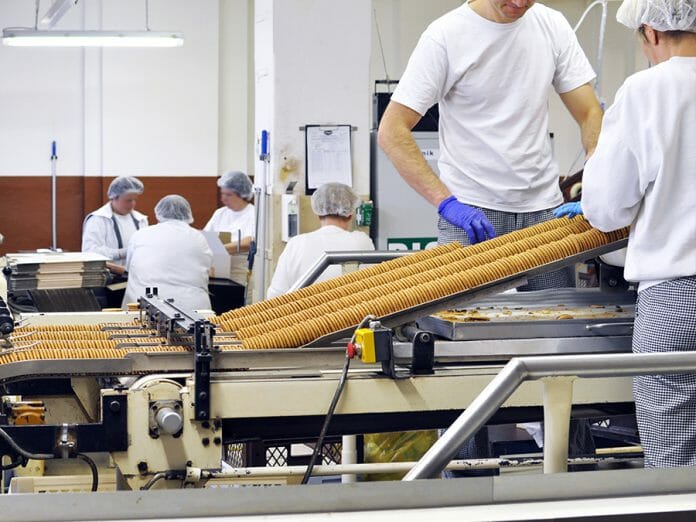Monetary Authority Singapore released the Q1 set of economic data and things aren’t looking very good for the city-state, according to the data the latest manufacturing sector contracted by 6.0% y-o-y in Q1, worsening from the 2.6% decline in Q4 2022. On a q-o-q SA basis, the sector shrank by 5.2% in Q1, reversing the 1.0% growth in the preceding quarter.
The Index of Industrial Production (IIP) for the first two months of 2023 showed that output in all clusters except transport engineering fell from a year ago. Electronics output contracted by 7.4% y-o-y in Jan−Feb, extending the 3.5% decline in Q4 last year, as semiconductor and infocomms & consumer electronics production fell amid lacklustre global demand. In the precision engineering cluster, output slid by 4.8% in Jan−Feb in tandem with weaker electronics demand, with lower production of plastics and metal precision components. The chemicals cluster also contracted at a faster pace of 14% y-o-y in Jan−Feb compared to 10% in Q4, reflecting weak demand from the region for petrochemicals and specialty chemicals, as well as plant maintenance shutdowns in the petrochemical segment.
Output in the biomedicals cluster shrank by 6.0% in Jan−Feb on a year-ago basis, on account of a decline in the pharmaceutical production. In contrast, the transport engineering cluster provided some support to growth, as both the marine & offshore engineering and aerospace segments continued to recover.
Various other trade-related industries also turned in weaker performances over the last two quarters. Activity in the water transport, storage & other support services sector was weighed down by contractions in both sea cargo handled and container throughput. Similarly, the performance of the wholesale trade sector was lacklustre across all subsegments.
Singapore’s export performance continued to weaken in the first quarter of the year. Nonoil exports shrank by 9.4% y-o-y in Q1, following the 6.5% decline in Q4. By product group, contractions were recorded for chemicals, electronics and gold domestic exports (NODX) over the past two quarters, while the fall in non-oil re-exports (NORX) was led by electronics
MAS said the outlook for the Singapore economy has become more uncertain, as global financial conditions continue to tighten and weigh on final demand. The global electronics industry remains in the doldrums. Meanwhile the recent banking stresses in the US and Europe are likely signalling that the sharp tightening of monetary policy is starting to bear on certain
segments of the economy and financial system, particularly entities with balance sheet mismatches. The transmission of interest rate hikes through banks’ balance sheets is arguably riskier and could be easily amplified, compared to the more traditional channel through the income effect. At the same time, China’s consumption-led reopening is likely to benefit its domestic services more than merchandise trade, limiting the positive spillovers to Singapore whose linkages with China are more significant in the trade-related industries.
Against this backdrop, Singapore’s GDP growth is estimated to come in at 0.5% to 2.5% in 2023, moderating from the 3.6% growth in 2022. The risks to growth are tilted to the downside. Disorderly market adjustments and the exposure of latent vulnerabilities among corporates and households could increase financial stability risks. Should there be a contagion in financial markets, with further hits to sentiment and confidence, it could exacerbate the current trade downturn, with greater spillovers to domestic services through the income/consumption channel, thus dampening or even eliminating any recovery in the second half of the year.









